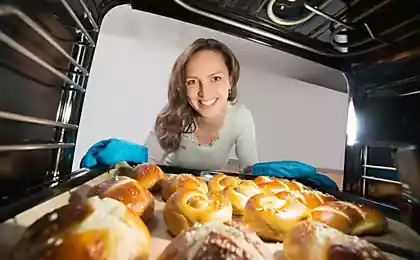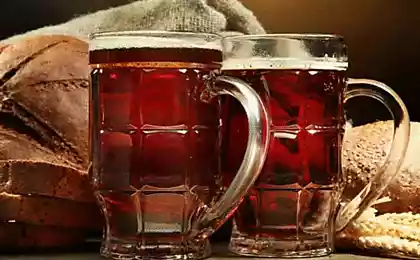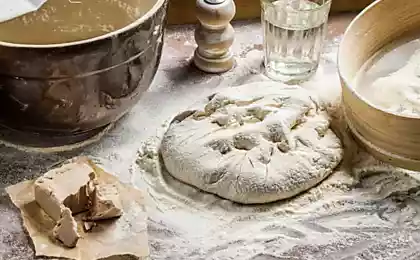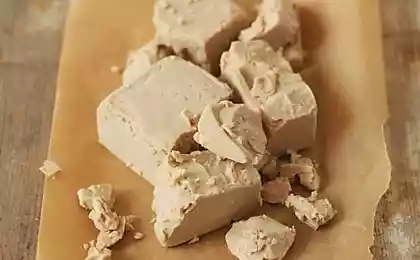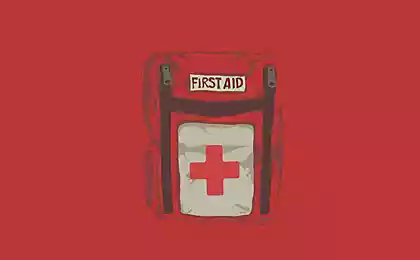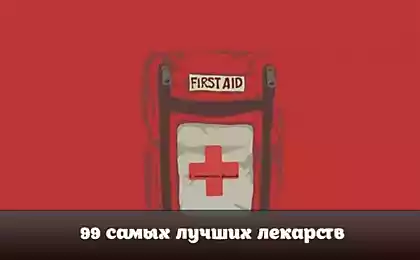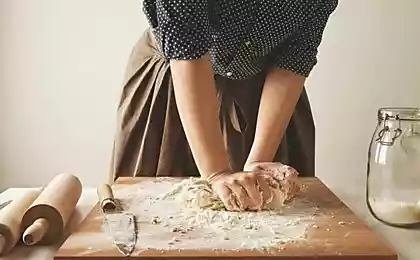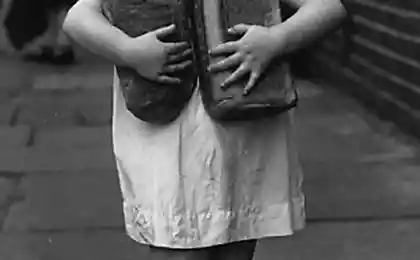424
Siberian scientists have created antibiotic for animals from yeast

A group of scientists from Siberian research Institute developed the latest antibiotic drug on the basis of ordinary yeast. The main advantage of the drug lies in its ability to resist various pathogens, while not affecting adversely on the total intestinal microflora. According to veterinarians, this medication is better than earlier counterparts.
According to the developers of the drug, its application will be targeted at combating the types of diseases that require the use of adsorbents. Scientists explained that one of the parts of the yeast cell walls has a General resemblance to the microflora of the stomach, where it is known and the accumulation of bacteriological forms and elements.
According to data provided by journalists, medical developers, this drug will help to minimize morbidity with decreasing time duration, and a further reduction of unprofitable performance.
The yeast can remain forever young
Biologists have identified a remarkable ability of the yeast to avoid aging and death under favorable conditions, reported in an article published in Current Biology. Death occurring as the result of aging due to accumulation of various damages to the cells common to all living organisms. The microbes also have the older and younger generations. Even those that are in the process of reproduction are divided symmetrically, in fact, does not produce two identical individuals.
A detailed study of this process showed that fission in microorganisms is a mechanism that gives one-half the cells are older cellular material, and the other a new, fully functional part of the body.
A group of German biologists, under the leadership of Miguel Coelho (Miguel Coelho) from the Institute of molecular cell biology and genetics, max Planck (Dresden) found in yeast species Schizosaccharomyces pombe and the ability to avoid aging under favorable conditions. In the process of dividing these yeast both new cells with old cell material gets equally divided, and each of these new cells get "younger" source of microorganism.
Meanwhile, adverse conditions, such as heat, ultraviolet light or chemicals that can damage cells, did not allow them to have time to share at the same rate. In harsh ambient conditions inherited damage in the cellular material did not give them the opportunity to milk it to the stage of reproduction. Then the micro-organisms again began to divide according to the old principle: old and young cells. As a result, more old cell died, and the younger continued to live long enough, time to split up.
This yeast, according to the researchers, can serve as a shining example of aging of a particular type in the human body.
Source: globalscience.ru





